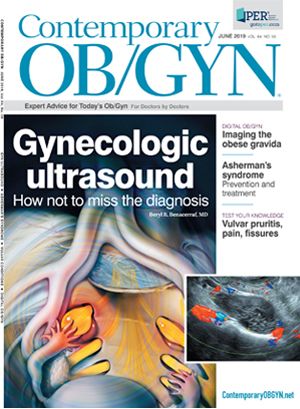Barriers to abortion training in ob/gyn residency
Although training or access to training in abortion has been a mandated part of the core curriculum for ob/gyns residents, a new survey has found that many programs are not providing education in that area.

Since 1995, training or access to training in abortion has been mandated by the Accreditation Council for Graduate Medical Education as part of the core curriculum for ob/gyns residents. But on a new survey of ob/gyn residency directors, more than one-third said their programs did not routinely provide education in that area.
Published in the American Journal of Obstetrics and Gynecology, the findings are from a study by researchers from the University of California, San Francisco. Nearly 80% of respondents to the nationwide survey said they faced institutional or government restrictions on abortion training. The most common strictures were related to hospital policy, followed by state law, but in many cases, the barriers were multiple.
Of the 242 ob/gyn residency program directors in the United States, 190 (79%) responded, either online or on paper-30% from the northeast, 30% from the south, 23% from the midwest and 16% from the west. The survey consisted of 74 multiple-choice, open-ended, and quantitative questions, including information on participation in the Ryan Program, which provides support for initiating and institutionalizing abortion training. Respondents who said training was restricted at their institutions were also asked which procedures were limited, in what ways, and by whom.
Of the 121 program directors (64%) who said they offered routine abortion training, 57% reported some institutional or state-imposed restrictions. Thirty-one percent of the directors said the training was optional in residency and 5% of programs did not offer it to ob/gyn residents at all.
Regarding the specifics of abortion training, 99% of program directors said they offered some training in medical abortion, with 36% doing so only for early pregnancy loss and abnormal pregnancies. Ninety percent trained residents in second-trimester dilation and evacuation (D&E) and 97% in induction termination, but 40% limited that training to certain indications for D&E and 65% for induction termination.
Overall, programs that did not provide abortion training reported five restrictions on it, versus four restrictions in programs in which the education was optional. Directors also reported more training restrictions in institutions with a religious affiliation (P= 0.02). Opposition within institutions was most often from hospital administration and operating room and labor and delivery nurses.

